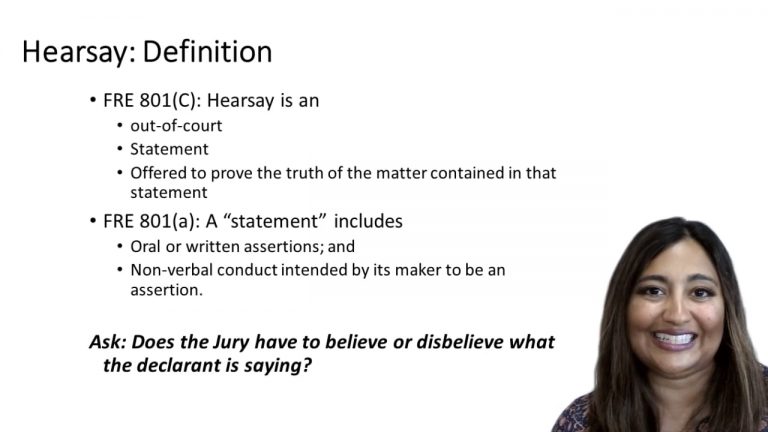SmartBrief
Confirm favorite deletion?
Evidence Keyed to Sklansky
United States v. Saavedra
Citation:
684 F.2d 1293 (9th Cir. 1982)Facts
The defendant was charged and tried for several wire-fraud related offenses. The fraud involved wrongfully charging Western Union money orders to improperly obtained Master Charge numbers. The principal architects of the fraud were inmates in a Los Angeles County jail. The inmates would telephone individuals whose numbers had been obtained from the city phone book, and would pose as law enforcement or bank security personnel checking on credit card problems. The inmate would have the person read off his or her credit card number to “verify” it, and would then call Western Union and order a money order, charging it to the misappropriated credit card number. The inmate would direct the money order to a specific Western Union office, made out to someone on the outside who would pick it up. The defendant allegedly acted as one of these outside persons.
At trial, the prosecution was allowed to admit testimony of three victims of the credit card fraud scheme. The witnesses testified about calls they received from unknown males who identified themselves as law enforcement officers and elicited the victims’ credit card numbers. The defendant argued that this evidence was hearsay[.
Only StudyBuddy Pro offers the complete Case Brief Anatomy*
Access the most important case brief elements for optimal case understanding.
*Case Brief Anatomy includes: Brief Prologue, Complete Case Brief, Brief Epilogue
- The Brief Prologue provides necessary case brief introductory information and includes:
Topic:
Identifies the topic of law and where this case fits within your course outline.Parties:
Identifies the cast of characters involved in the case.Procedural Posture & History:
Shares the case history with how lower courts have ruled on the matter.Case Key Terms, Acts, Doctrines, etc.:
A case specific Legal Term Dictionary.Case Doctrines, Acts, Statutes, Amendments and Treatises:
Identifies and Defines Legal Authority used in this case.
- The Case Brief is the complete case summarized and authored in the traditional Law School I.R.A.C. format. The Pro case brief includes:
Brief Facts:
A Synopsis of the Facts of the case.Rule of Law:
Identifies the Legal Principle the Court used in deciding the case.Facts:
What are the factual circumstances that gave rise to the civil or criminal case? What is the relationship of the Parties that are involved in the case.Issue(s):
Lists the Questions of Law that are raised by the Facts of the case.Holding:
Shares the Court's answer to the legal questions raised in the issue.Concurring / Dissenting Opinions:
Includes valuable concurring or dissenting opinions and their key points.Reasoning and Analysis:
Identifies the chain of argument(s) which led the judges to rule as they did.
- The Brief Prologue closes the case brief with important forward-looking discussion and includes:
Policy:
Identifies the Policy if any that has been established by the case.Court Direction:
Shares where the Court went from here for this case.
Topic Resources
Topic Outline
Topic Refresher Course
Topic Charts & Notes

 12m 52s
12m 52s